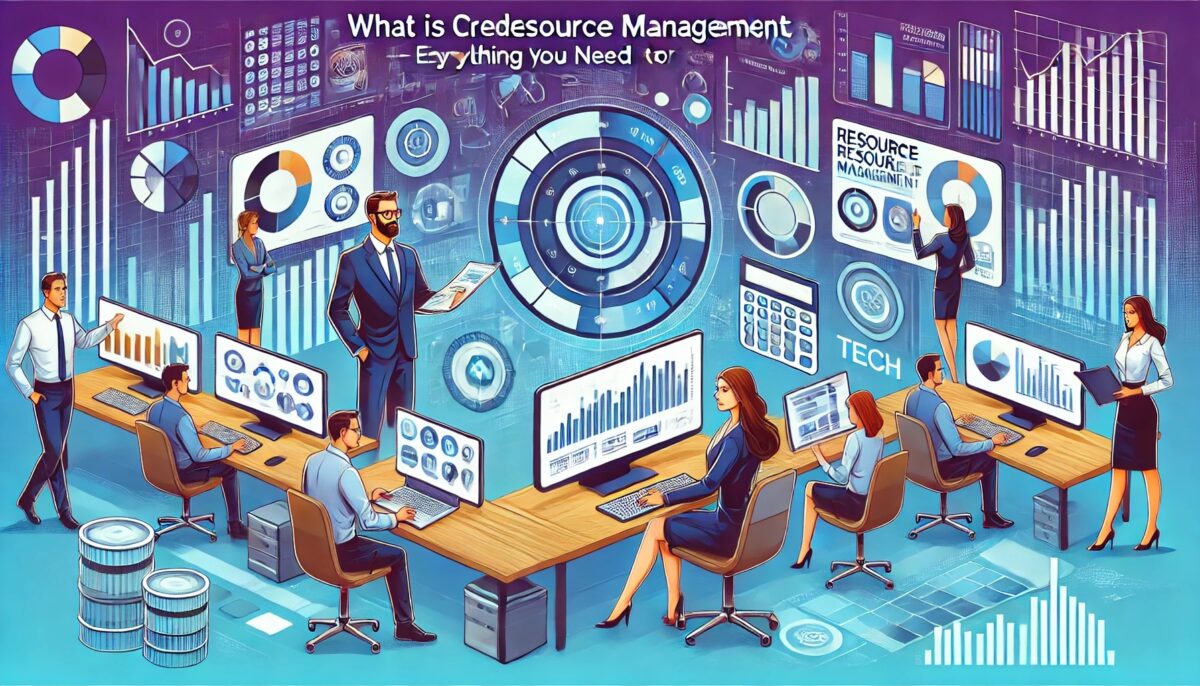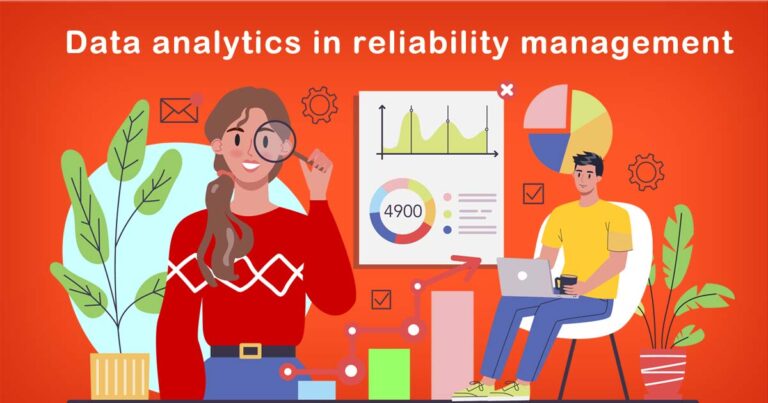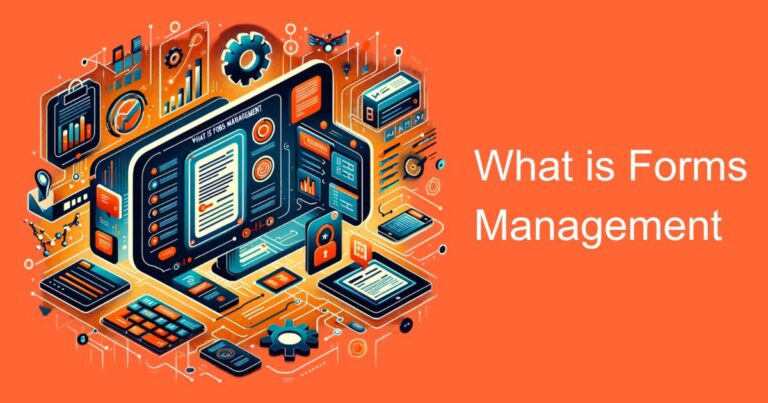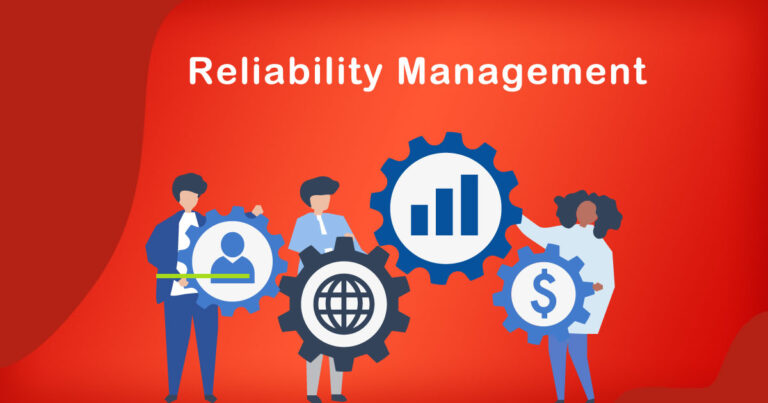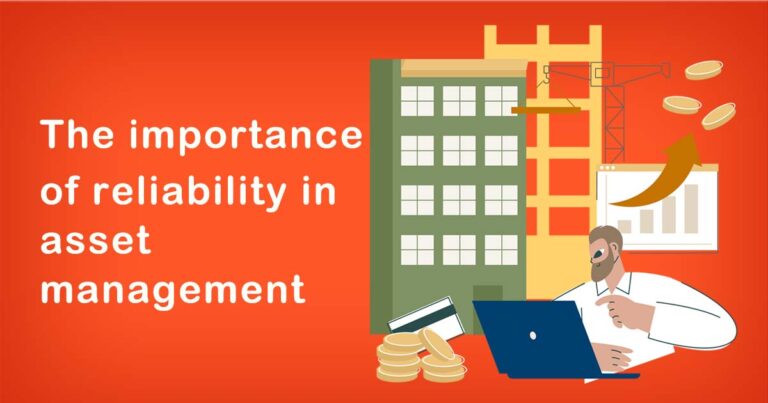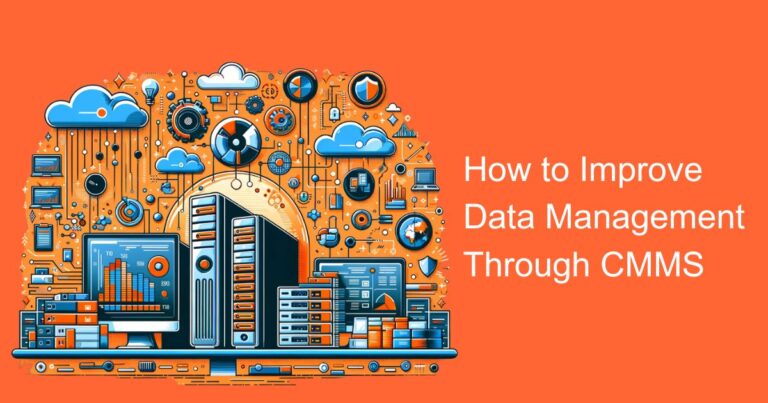Introduction
In today’s fast-paced business environment, managing resources efficiently and maintaining credibility are crucial for organizational success. Credence Resource Management (CRM) plays a vital role in this context, helping businesses optimize their resource utilization and uphold their reputation. This article delves into what is Credence Resource Management, its significance, applications, and future prospects, with a particular focus on the Indian business landscape.
Understanding Credence Resource Management (CRM)
Credence Resource Management refers to a strategic approach to managing an organization’s resources, including human capital, financial assets, and technological infrastructure, while ensuring high standards of credibility and trust. It involves deploying tools, processes, and methodologies to enhance resource efficiency, reduce wastage, and maintain integrity in business operations.
The Importance of Credence Resource Management (CRM) in India
India, with its diverse economic environment and burgeoning entrepreneurial ecosystem, presents unique challenges and opportunities for resource management. The importance of CRM in the Indian context is underscored by several factors:
Economic Growth:
India’s rapid economic growth necessitates efficient resource management to sustain development and competitiveness. Effective CRM practices help businesses streamline operations, reduce costs, and enhance productivity.
Digital Transformation:
With the proliferation of digital technologies, Indian businesses are increasingly relying on CRM tools to manage resources effectively. digital transformation enables organizations to harness data for informed decision-making and strategic planning.
Regulatory Compliance:
India’s regulatory landscape is evolving, with stringent compliance requirements across various sectors. CRM helps organizations ensure adherence to regulatory norms, thereby safeguarding their credibility and avoiding legal complications.
Competitive Advantage:
In a highly competitive market, businesses that excel in resource management gain a significant edge. CRM fosters innovation, agility, and resilience, enabling organizations to respond swiftly to market dynamics.
Key Components of Credence Resource Management (CRM)
Credence Resource Management encompasses several key components:
Human Resource Management:
Effective management of human capital is central to CRM. This includes talent acquisition, development, retention, and performance management. By fostering a skilled and motivated workforce, businesses can drive productivity and innovation.
Financial Resource Management:
Managing financial resources efficiently is crucial for sustaining business operations. This involves budgeting, financial planning, investment management, and cost control. Sound financial management ensures liquidity, profitability, and long-term sustainability.
Technological Resource Management:
In the digital age, managing technological assets is imperative. This includes IT infrastructure, software applications, and data management systems. By leveraging technology effectively, businesses can enhance operational efficiency and drive digital transformation.
Compliance and Risk Management:
Ensuring compliance with regulatory requirements and managing risks is integral to CRM. This involves implementing robust governance frameworks, conducting regular audits, and mitigating risks through proactive measures.
Applications of Credence Resource Management (CRM) in India
CRM finds applications across diverse sectors in India:
Healthcare:
Efficient management of medical resources, compliance with healthcare regulations, and maintaining patient trust are critical. CRM helps healthcare providers optimize resource allocation, enhance patient care, and uphold ethical standards.
Finance:
Financial institutions rely on CRM to manage financial resources, ensure regulatory compliance, and maintain customer trust. This includes risk management, fraud prevention, and adherence to financial regulations.
IT and Technology:
In the tech sector, CRM is essential for managing IT assets, software development resources, and cybersecurity measures. This ensures operational efficiency, data security, and innovation.
Manufacturing:
Effective resource management in manufacturing involves optimizing production processes, managing supply chains, and ensuring product quality. CRM helps manufacturers enhance efficiency, reduce costs, and maintain product credibility.
Education:
Educational institutions use CRM to manage academic resources, faculty, and administrative functions. This ensures quality education, regulatory compliance, and institutional credibility.
Challenges and Opportunities
While Credence Resource Management offers significant benefits, it also presents challenges:
Data Privacy and Security:
Managing sensitive data securely is a critical challenge, especially with the increasing prevalence of cyber threats. Organizations must implement robust security measures to protect data integrity.
Skill Gap:
There is a shortage of skilled professionals capable of implementing and managing CRM systems effectively. Bridging this skill gap through training and development is essential.
Technological Integration:
Integrating CRM tools with existing systems can be complex. Organizations need to ensure seamless integration to maximize the benefits of CRM.
Regulatory Complexity:
Navigating the complex regulatory landscape in India requires meticulous compliance management. Staying abreast of regulatory changes and ensuring compliance is a continuous challenge.
Future Outlook
The future of Credence Resource Management in India is promising, driven by advancements in technology, increasing regulatory scrutiny, and a growing emphasis on corporate credibility. Key trends shaping the future of CRM include:
AI and Automation:
The integration of artificial intelligence (AI) and automation in CRM processes will enhance efficiency, accuracy, and decision-making. AI-powered analytics can provide deeper insights into resource utilization and optimization.
Blockchain Technology:
Blockchain offers potential for enhancing transparency and security in resource management. It can be used for secure data sharing, compliance tracking, and fraud prevention.
Sustainability:
As businesses increasingly focus on sustainability, CRM will play a vital role in managing resources sustainably. This includes reducing environmental impact, optimizing energy use, and promoting social responsibility.
Enhanced Data Analytics:
Advanced data analytics will enable organizations to derive actionable insights from vast amounts of data. This will drive informed decision-making and strategic planning.
Conclusion
In conclusion, Credence Resource Management is a strategic imperative for businesses aiming to thrive in the competitive and dynamic Indian market. By effectively managing human, financial, and technological resources while upholding credibility, organizations can drive efficiency, innovation, and sustainable growth. As India continues its journey towards digital transformation and economic prosperity, the role of CRM will become increasingly significant, shaping the future of business in the country. Embracing Credence Resource Management is not just about optimizing resources; it’s about building a foundation of trust, integrity, and excellence that will propel organizations towards long-term success.


